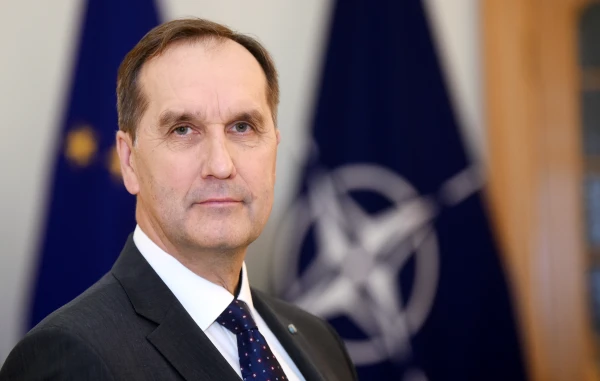
NATO forces can respond to potential aggression even before the official activation of Article 5 of the North Atlantic Treaty, and the Alliance is ready to defend against hybrid attacks, said Latvia's Ambassador to NATO Maris Riekstins to the LETA agency.
He explained that regional defense plans have been developed for the entire territory of NATO, and Latvia is included in the central defense plan. The Supreme Allied Commander Europe is empowered to respond to the development of a crisis if the allies' intelligence services detect an unusual concentration of armed forces at the borders.
"This means that there is no need to wait for the formal activation of Article 5, as NATO forces have the authority to take certain actions to deter a potential aggressor," noted Riekstins.
The former Minister of Foreign Affairs of Latvia emphasized that Article 5 of the North Atlantic Treaty provides for both collective and individual support for member states, and allies can provide assistance even before a political decision is made in Brussels.
"Countries that ratified the NATO treaty, including Article 5, thereby stated that they are obliged to assist a state that has been subjected to aggression. This is beyond doubt," he said, adding that the emphasis is on immediate assistance as stipulated by the treaty.
According to Riekstins, Article 5 is not limited to military assistance alone. He reminded that in the history of the Alliance, it has been activated only once — after the terrorist attacks on September 11, 2001, in the United States.
The Latvian Ambassador to NATO emphasized that military assistance is not always what a specific country can provide at a given moment. As an example, he cited the specialization of the Czech Republic in countering chemical attacks or the specific capabilities of other member states.
He also noted that Article 5 provides for both collective and individual support, and assistance can be provided before a political decision is made in Brussels. According to Riekstins, the North Atlantic Treaty was created with intentional flexibility, allowing for responses depending on the situation. He characterized the treaty as precise, concise, and at the same time leaving some room for maneuver.
Speaking about nuclear deterrence, Riekstins referred to NATO's 2022 Strategic Concept, which states that the likelihood of nuclear weapon use is extremely low, but if necessary, a strike against an aggressor should cause damage that significantly outweighs any potential benefits. The Ambassador emphasized that the Alliance has both the capabilities and the political will to do so.
He also pointed out that the Alliance's documents provide for the possibility of activating Article 5 in the event of a hybrid attack, although it does not specify how this is precisely measured. He added that nowadays potential threats are easily detectable.
"The preparation for an attack can no longer be hidden — this was confirmed by the signals received before the start of Russia's full-scale war against Ukraine in 2022," said Riekstins.


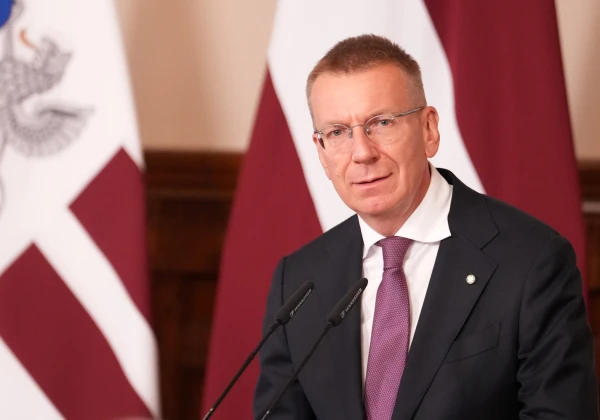

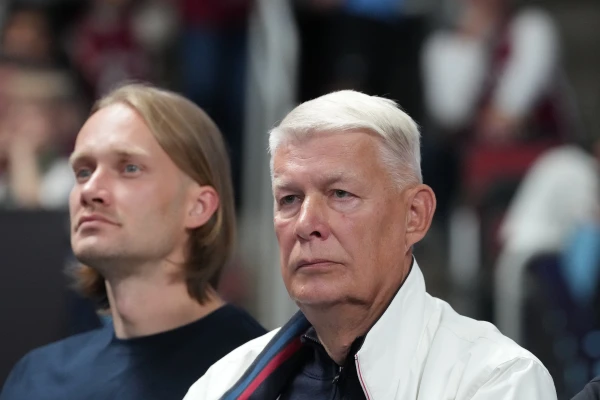
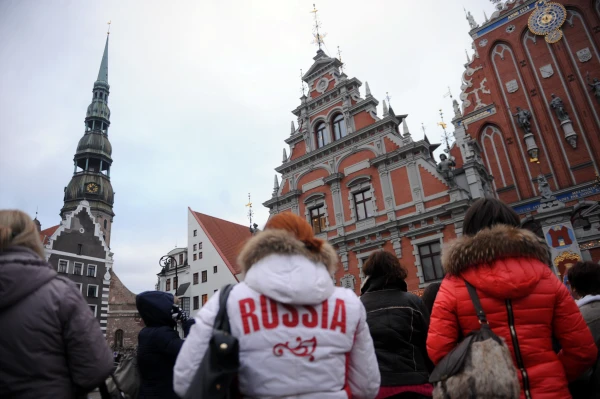
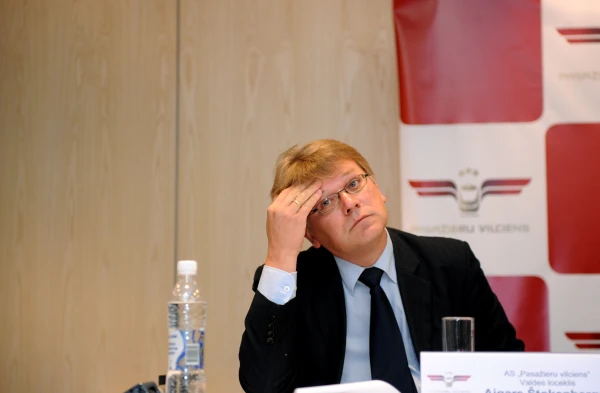
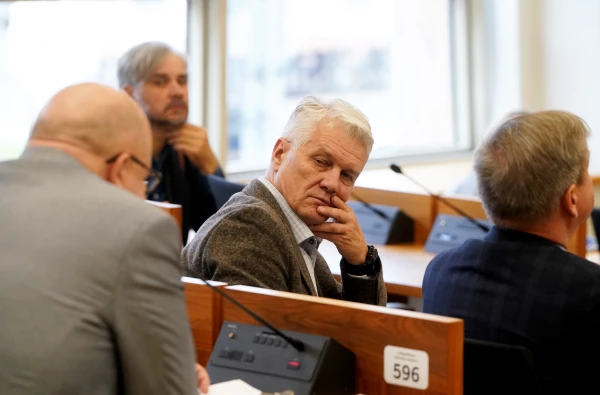
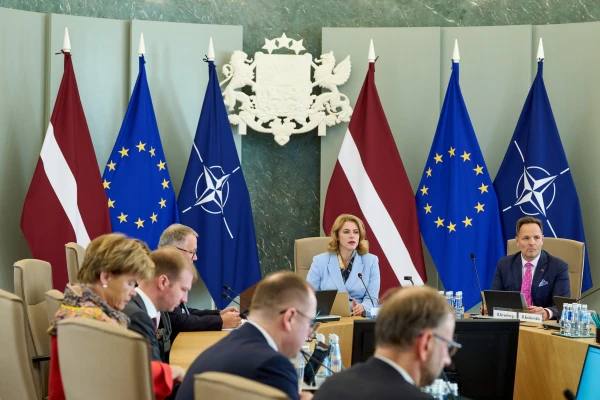






Leave a comment